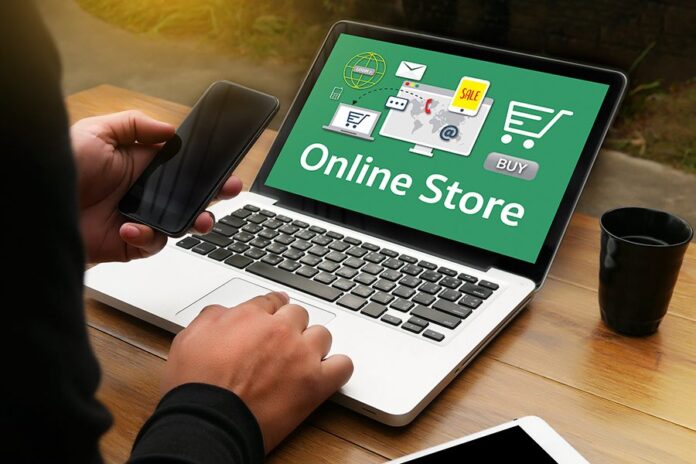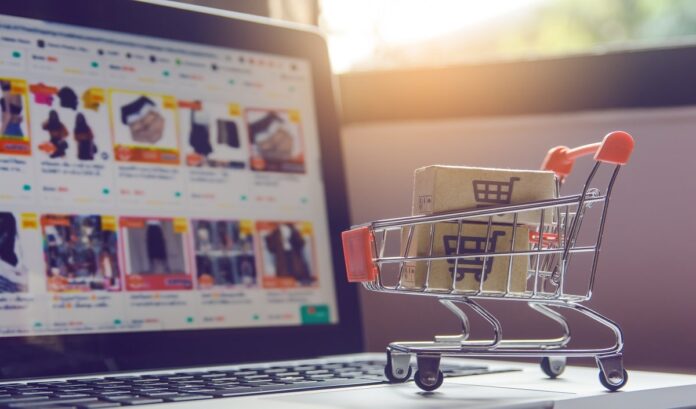Starting an online store to sell products is a popular option for many people who want to start their own online business. This is because starting an online store doesn’t need as much money upfront as opening a physical store does. You don’t have to pay for a building or a lot of employees at the beginning. But, when we compare starting an ecommerce store to other kinds of online businesses, it’s a bit harder to get going.
There are so many consumers shopping online these days that it is worth it to get into e-commerce. One of the biggest advantages of running an online store is how much it can grow. You can start small, with just a few products, and as you get more customers and sell more, you can add more products and make more money. In this article, we will go over several steps to take to start your own e-commerce store.

1. Research and plan
When you’re starting an online store, the first step is to do your research and make a plan. This begins with finding your niche. It’s important to understand what people are interested in buying and how you can offer something special or different.
Next, you need to think about who will be buying your products. This is your target audience. You need to know things like what they like, how they shop, and what makes them choose to buy.
During this research phase, it’s also smart to think about how you’ll get your products to your customers. This means looking into shipping options and costs. For example, check out California Couriers to understand their shipping rates.
2. Set up the store
Once you know the costs and have gotten an idea of what to sell, you need to set up the store online. This means creating a website that features the products and has a checkout platform to accept payments.
The first thing is to organize the site. This involves creating product categories and a catalog. Categories help customers quickly find the type of product they want. A clear, well-organized catalog makes browsing your products easy and enjoyable.
Lastly, you need to set up the payments platform. A payment gateway processes credit card payments and other forms of payment online. There are many options for payment gateways, so you’ll need to choose one that works well for your store.

3. Marketing
Getting the word out about your e-commerce store is the most important step in launching an e-commerce site. Without good marketing, nobody will find your store at all.
A good SEO strategy helps your store show up in search engine results when people look for products you sell. Content marketing involves creating interesting and useful content related to your products, such as blog posts or videos, to engage potential customers.
Social media is fundamental in connecting with your audience and promoting your products on platforms where your potential customers spend their time. Email marketing lets you directly reach out to customers with promotions, updates, and personalized offers.
4. Manage the logistics
Running the behind-the-scenes part of your online store is very important for making your customers happy and keeping everything operating smoothly. One of the first things you need to do is keep an eye on how many products you have through inventory management. You want to make sure you have enough items to sell, but not too many that you’re left with things nobody wants.
You’ll need to think about how to get your products to your customers. There are a few different shipping and fulfillment strategies you can choose from. If you handle shipping yourself, it’s called self-fulfillment. This gives you full control over the shipping process, but it can be a lot of work, especially as your store grows.
Most people just starting out use a Third Party Logistics company to do their fulfillment for them. Third-party logistics (3PL) companies can also handle your inventory and shipping for you.

5. Choose your business model
The type of busines smodel you choose will have repercussions for a long time if you chose poorly. There are a few common models to choose from such as B2C, B2B, and D2C.
B2C, or business-to-consumer, is when you sell products directly to the people who will use them. This is the most common model for online stores. It’s great because you can reach a lot of customers quickly and it’s easy to understand.
B2B, or business-to-business, means you sell products to other businesses. Selling to businesses can be more complex and take longer to make a sale because the decisions often involve more people and require more thought.
D2C, or direct-to-consumer, is when a manufacturer sells directly to the consumer, cutting out any middlemen. The difficulty is that you have to handle every part of the business, from making the product to selling it, which can be a lot of work.
6. Launching the store
Before you launch your online store, it’s important to make sure everything is ready. This means checking that your website works well, your products are listed correctly, and your payment system is set up right. It’s like making sure all the pieces of a puzzle fit together perfectly before showing it off.
When it’s time to open your store to the public, you have the option of doing a soft launch or a grand opening. A soft launch is when you quietly open your store, maybe just letting friends and family know at first. This can be a good way to test everything and make sure it all works without too much pressure. A grand opening, on the other hand, is when you make a big announcement to the masses of your store’s launch.

Conclusion
Following the steps in this guide will help you get started on your road to success with an e-commerce store. Although it seems simple, it can have a lot of moving parts to deal with and requires a lot of patience and testing to get things right. However, it is an excellent business model that can be very rewarding.









